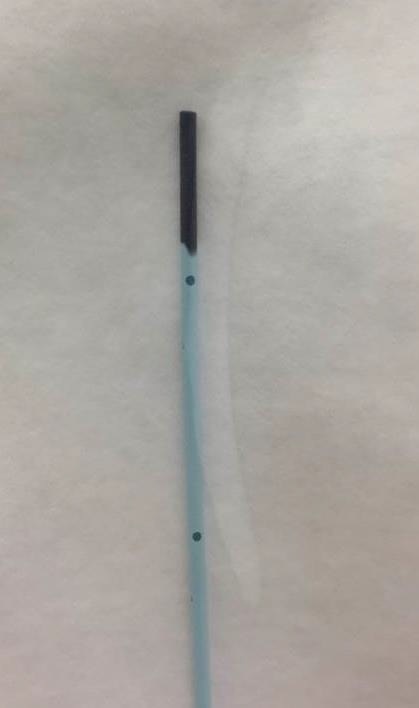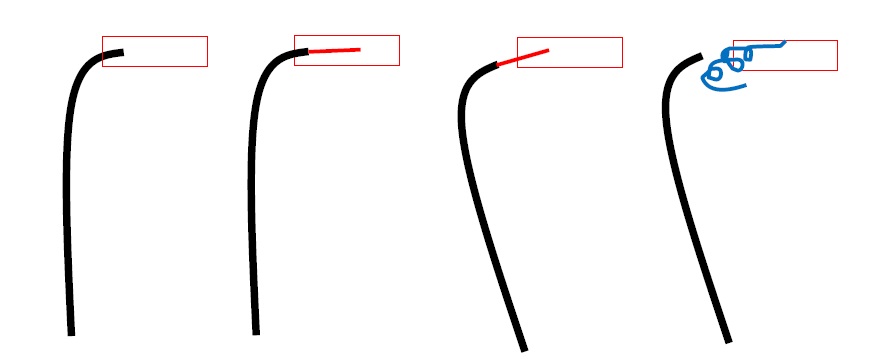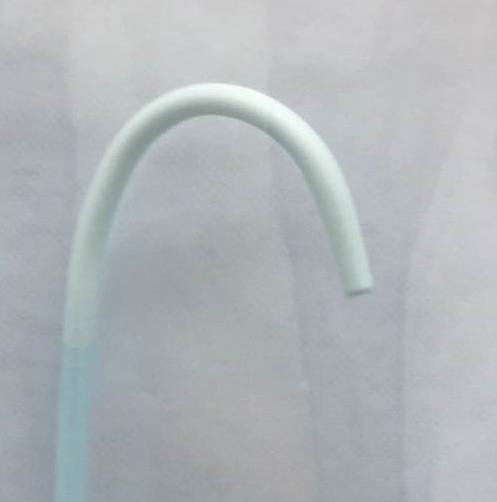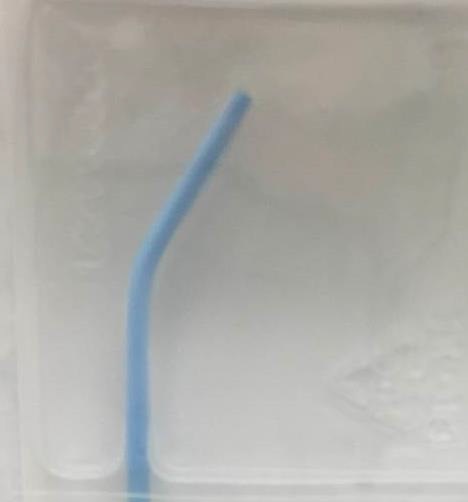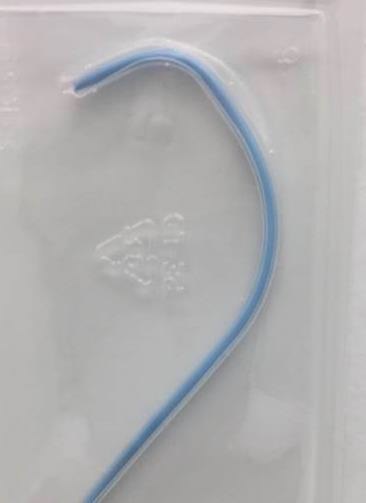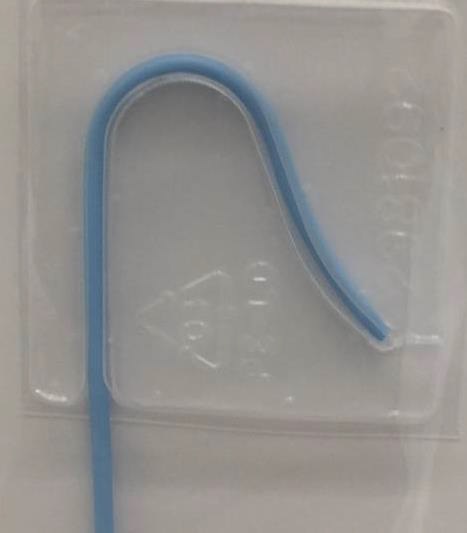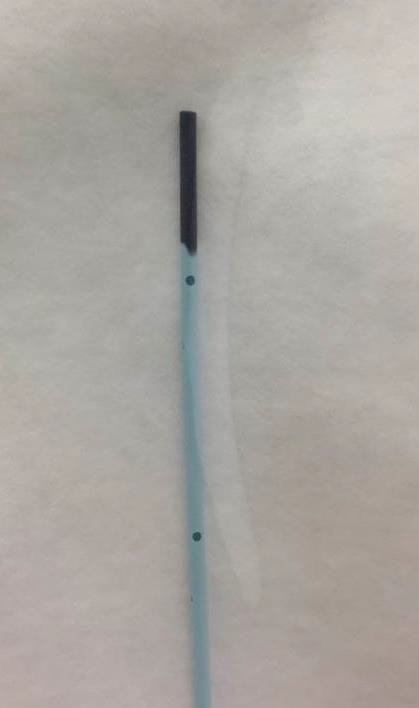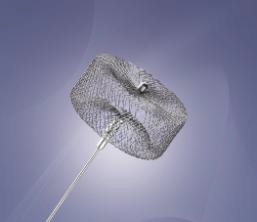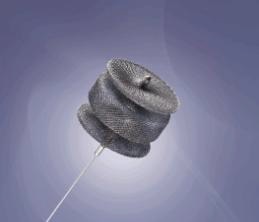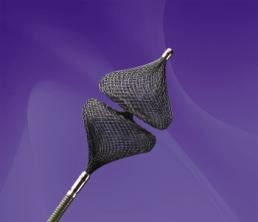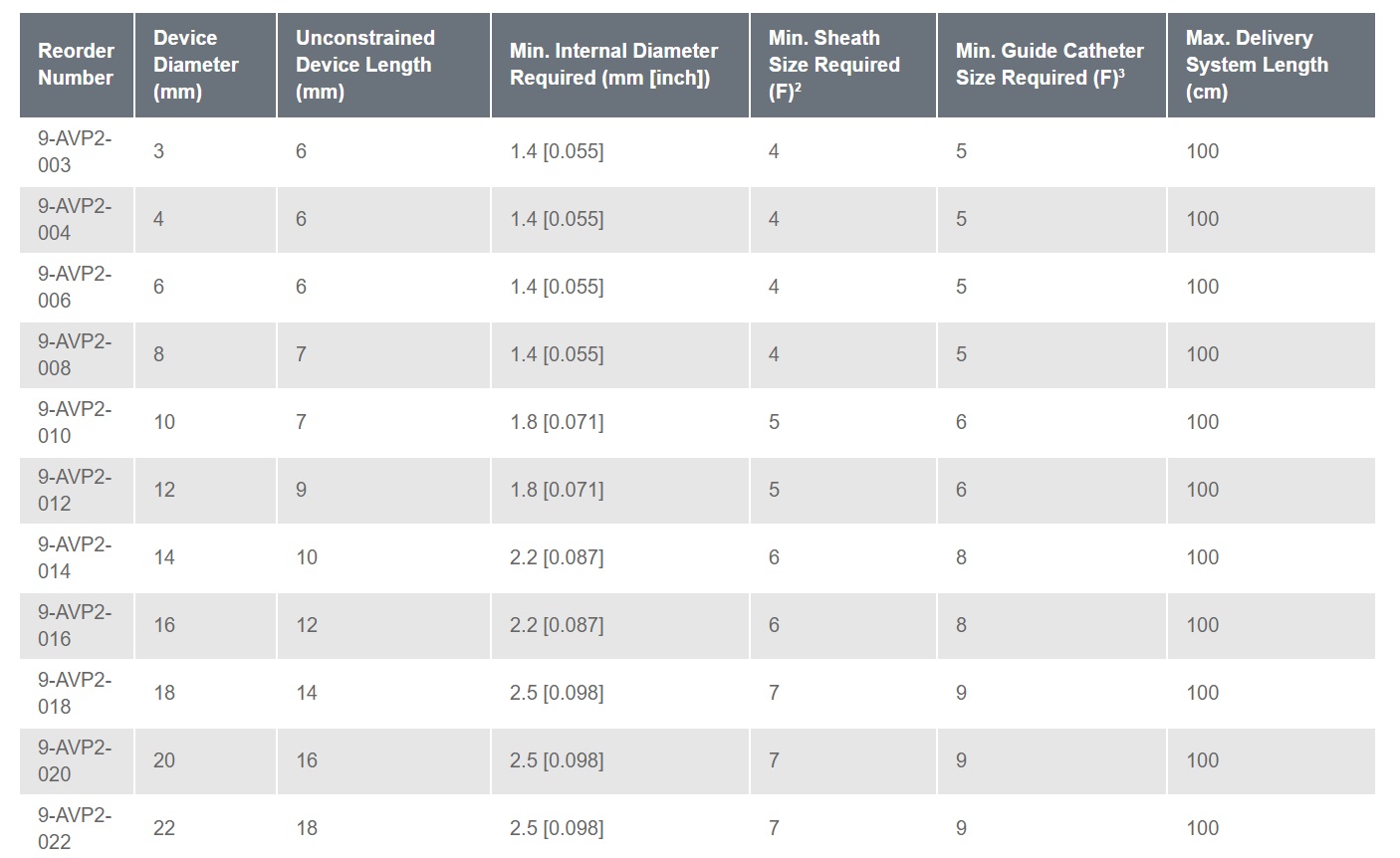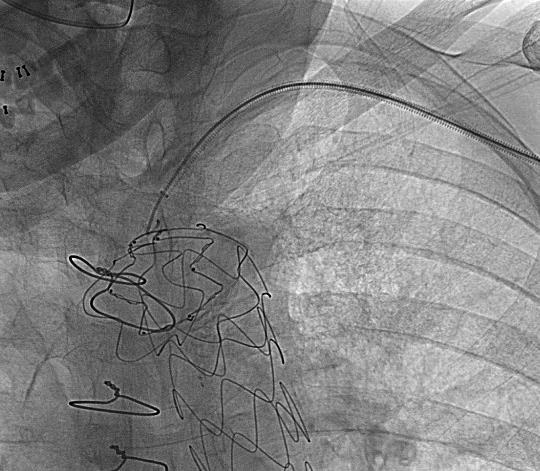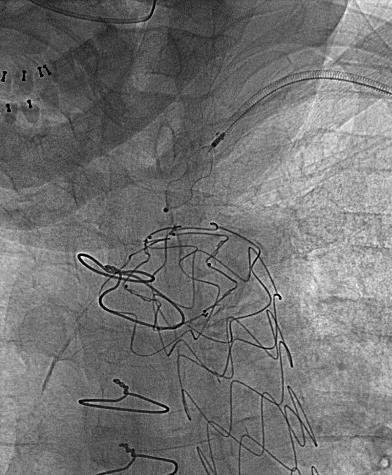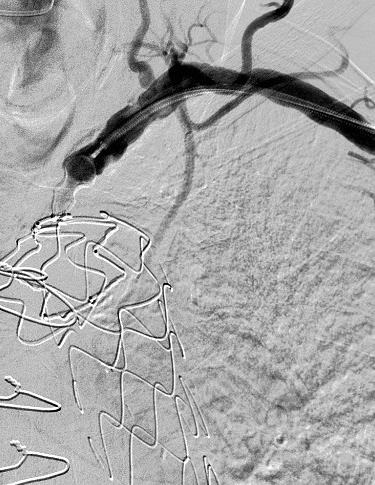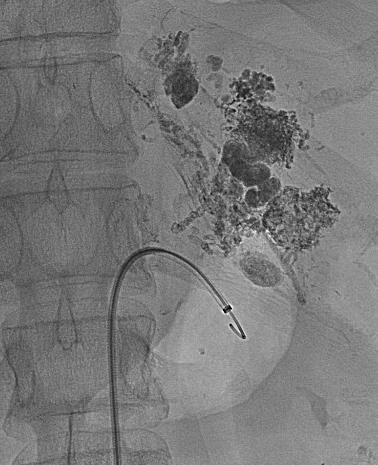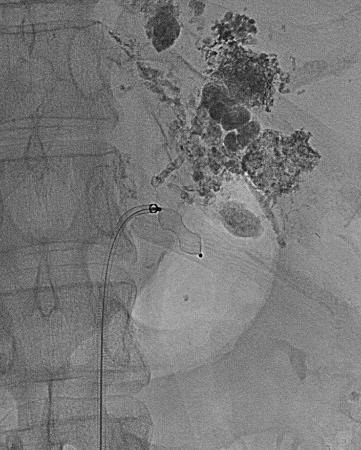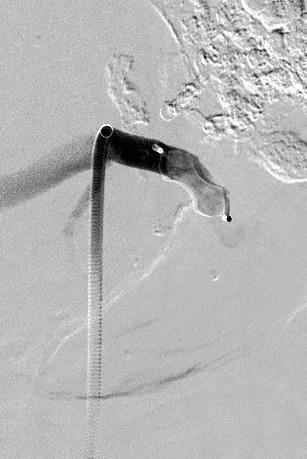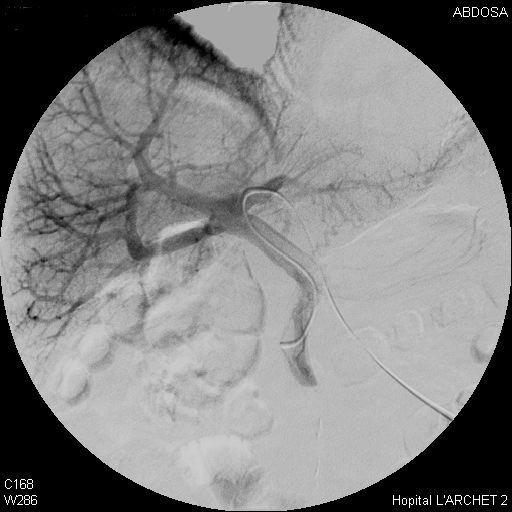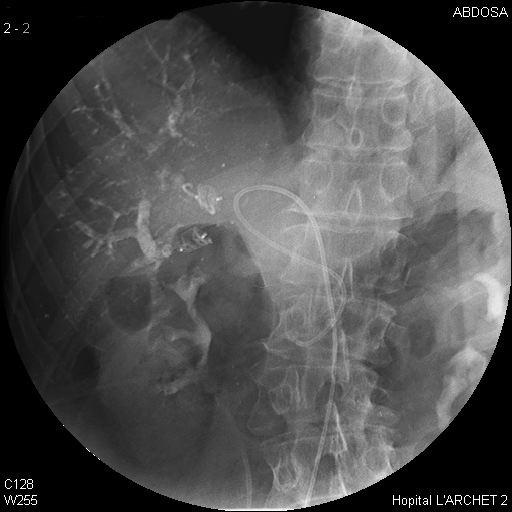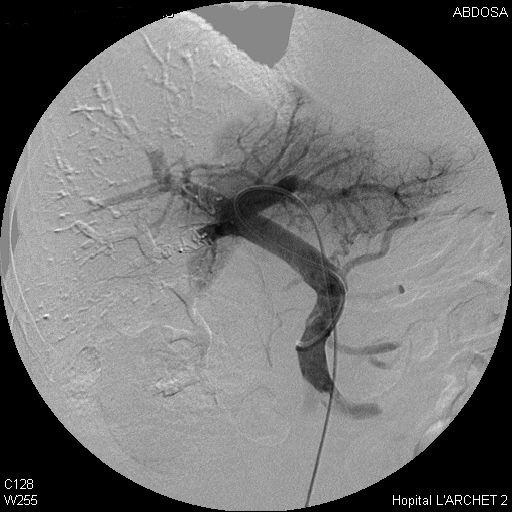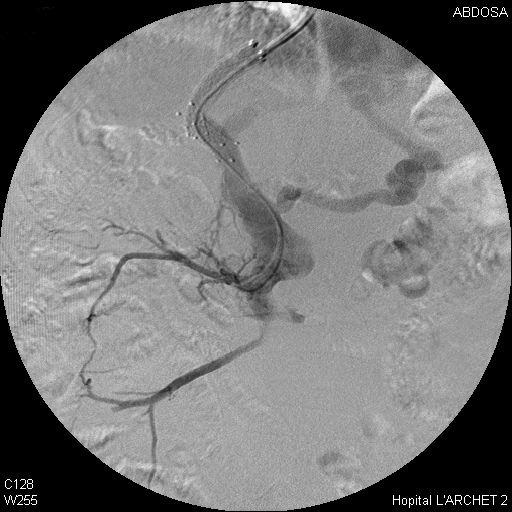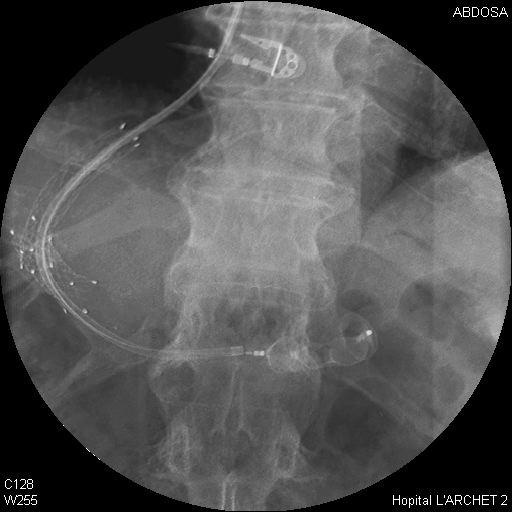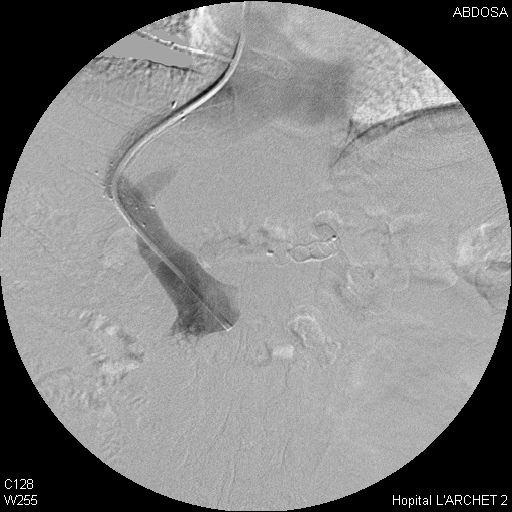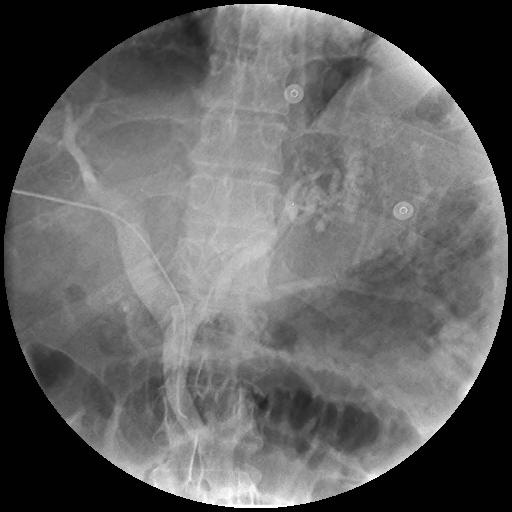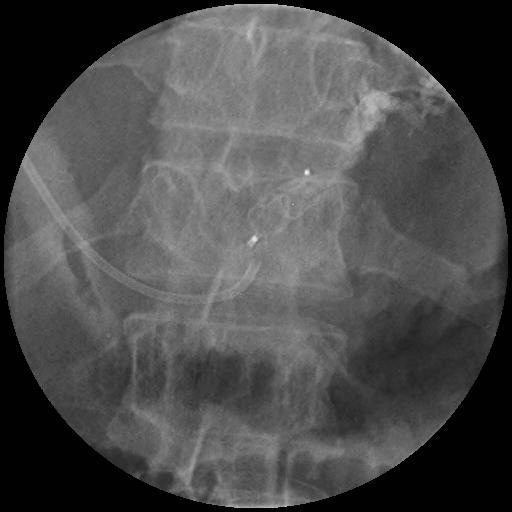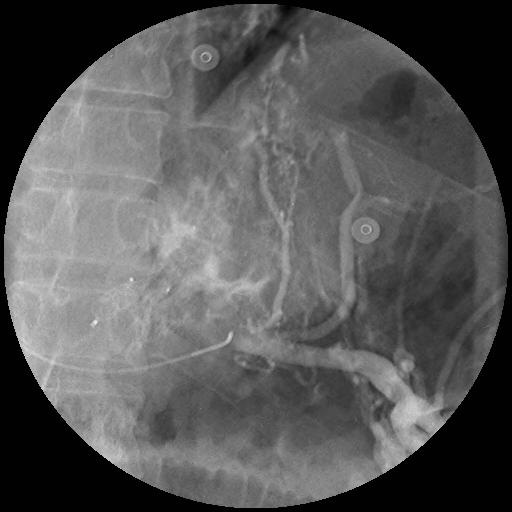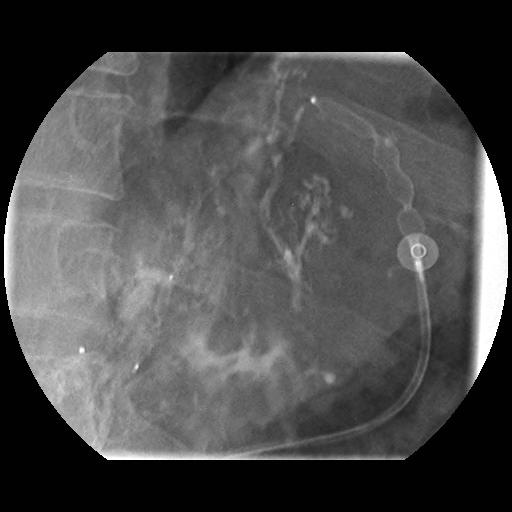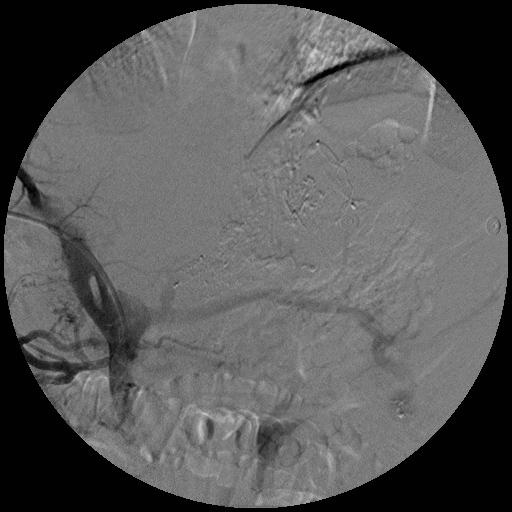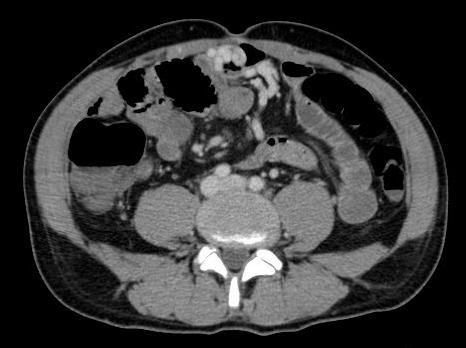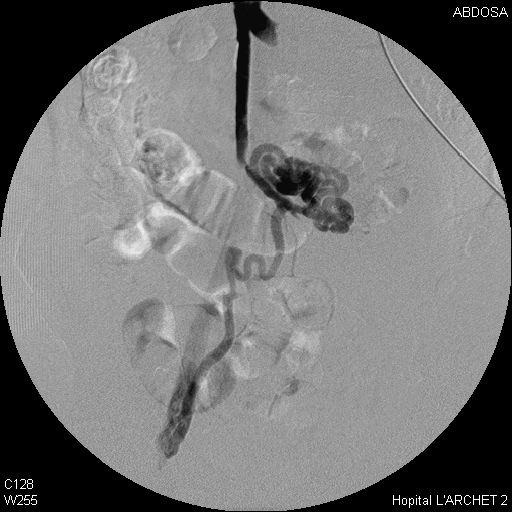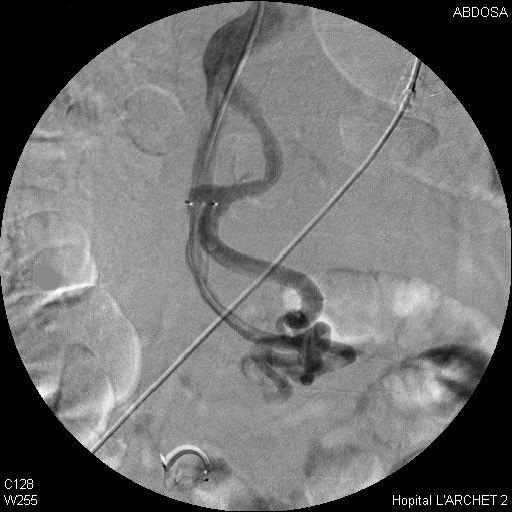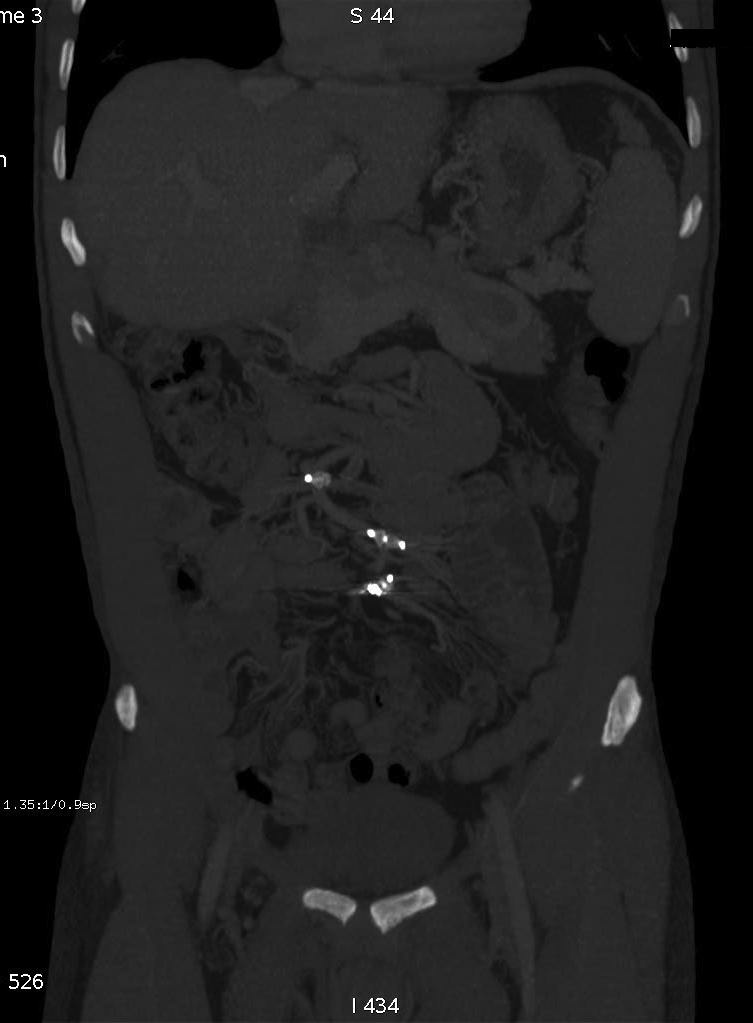学习纲要
1. 学习如何选择最合适的释放弹簧栓子和血管栓的导管(To learn how to select the most appropriate catheter for deployment of coils and plugs)
2. 学习所有可选择的导管的技术特征和差异(To learn the technical characteristics and differences between all the available catheters)
3. 决定什么时候该使用微释放系统而不是更大的平台(To determine when microsystems should be used rather than larger platforms)
导管基础
• 导管位置越稳定越好 (位置深通常更稳定)Position as stable as possible (deeper is often more stable)
• 操作过程中保持血流(位置越深意味着更容易痉挛或楔嵌血管)Preservation of flow during procedure (deeper is often more spasm & wedge)
导管基础
• 导管没有边孔,仅有端孔 No side-holes, only end-hole
• 合适的硬度和形状 Appropriate rigidity & shape (see later)
• 相适应的内腔直径(0.035' 和0.038) Appropriate lumen diameter (e.g. 0.035” coil in 0.0.38” lumen)
• 合适的血管外径 (避免痉挛和血管损伤)Appropriate outer diameter (spasm / vascular injury)
Catheter shape
Amplatzer vascular plugs 血管塞在栓塞领域已经成为一种成熟的器械;即可用于动脉,也应用于静脉。有许多的适应症,既可以作为各种永久性栓塞材料选项或也可以作为一种补充。适合所有直径大小的血管。由于大多数情况下只应用一个血管塞,在经济上也是合理的(cost effective)。
Delivery catheter depends on plug size
Amplatzer vascular plugs
• Sheath + guiding catheter
• Guiding sheath
Hyunkyung and al, Eur Radiol (2009) 19: 1054-1061;Bent and al, CVIR (2009) 32: 471-477.
Pattynama and al, CVIR (2007) 30: 1218-1221; Kessler and al, JVIR (2006) 17: 135-140.
经皮经肝胃冠状静脉曲张栓塞,用NBCA和 2 AVP II/ 12mm 和 2 AVP 4/8mm
熟悉血管塞的优势和局限性对于正确地应用是十分重要的。目前,血管塞正在酝酿中新一代产品,现有的产品也有较大的改进空间.
小结
• 既要保证到达理想稳定目标,但也权衡血流保存(Aim for optimal stability, but trade-off with flow preservation)
• 释放弹簧栓子和血管塞之前,确保导管稳定(Confirm catheter stability before depoying coils)
• 标准5F诊断导管,既可以释放弹簧栓子也可以释放血管塞(Standard 5 fr. diagnostic catheters often deliver both coil or plug)
• 一旦发生困难,毫不犹豫转化成微导管更为实用(But do not hesitate to convert to micro-catheter when more practical)
|


